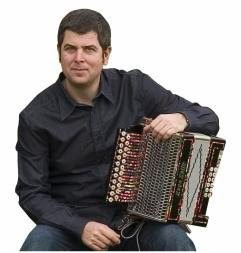
THE human evolution has not had a constant continuity throughout history. Moments of a great development have followed with other ones of sudden stop and stagnation. But even so, there is something that always has kept on unalterable, the benefit of art. I am ignorant of the true motive it has been always pigeonholed in the divertissement, the enjoyment and even I would say as a pastime, when in reality it is one of the fundamental pieces on which lays the foundations of the correct development of every society. We already know the dispute surrounding with the possible closedown of the museum Chillida Leku of Hernani. Eduardo Chillida is an artist whose work fascinates me. I have visited several times the museum; sometime I have even interpreted my music inside the facility. Certainly, it is an authentic delight to take a walk around the gardens admiring his works. The shapes, the force, its energy, what he transmits, it all forms a work of art in herself, which is one of the emblems of Chillida Leku. But it is that this museum, it is not only an area where exhibiting the donostiarra artist's talent, but also the person in charge of protecting all his patrimony and negotiating the way creator wanted it to be. At the end, as always, everything is a cost-reducing issue: The financial crisis, problems of management, etc.
Everything has been said, but we also should tone up a “my fault" from our part, the citizens, for the poor interest that arouses our artistic inside of us. The art in any of his disciplines makes us better, develops our neuronal system like in the capacity of transmitting feelings. And I don’t know if we are aware of it. We are a species that evolves based on needs, before materials were more urgent, now, the same ones, becomes of a very different nature, more personal. But it seems that we keep on going without realizing it. Let's promote pleasure and the need for art and our society will evolve firm, still with results in the long run, but definitely, forever.
www.kepajunkera.com
Photograph by txokoarte
































